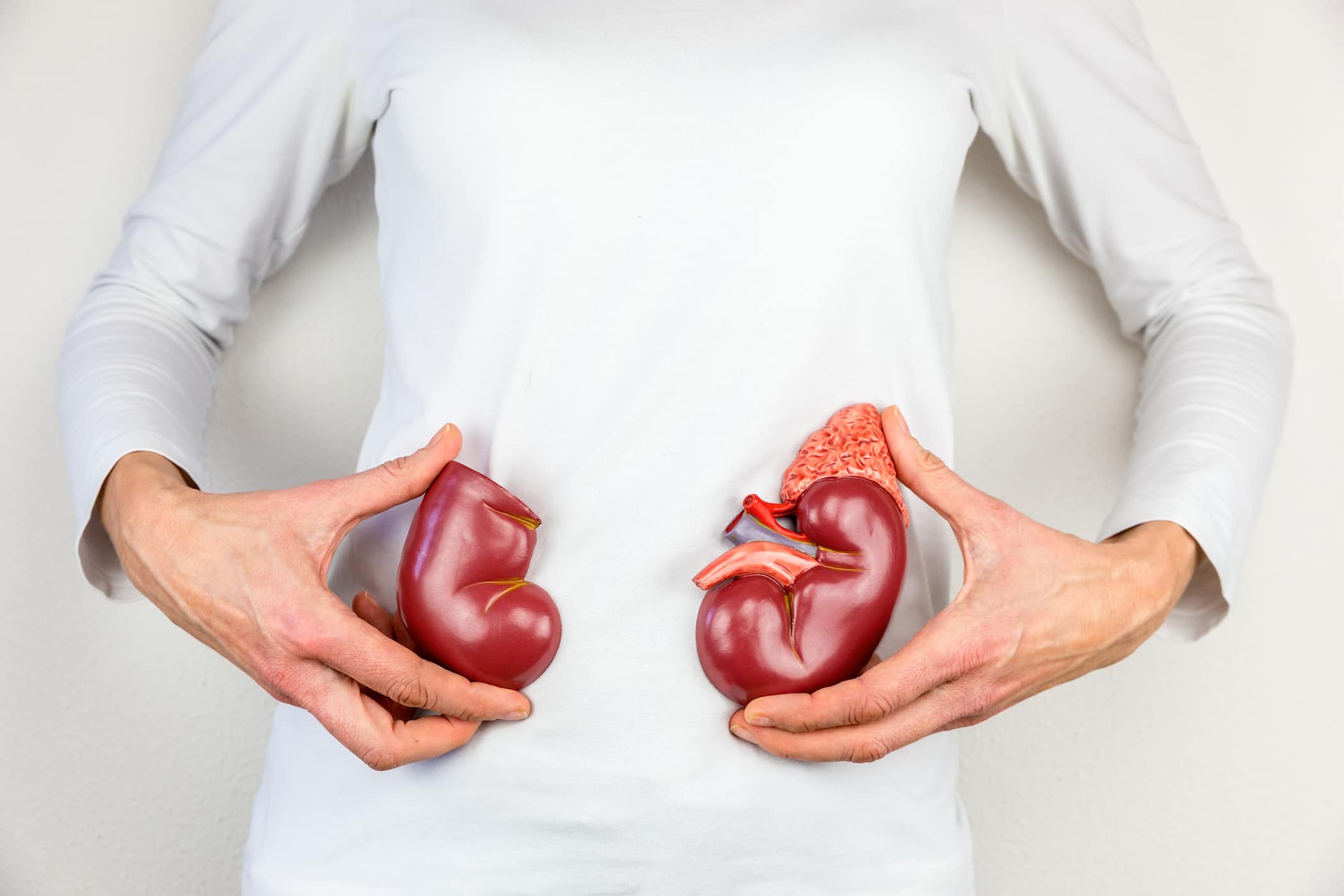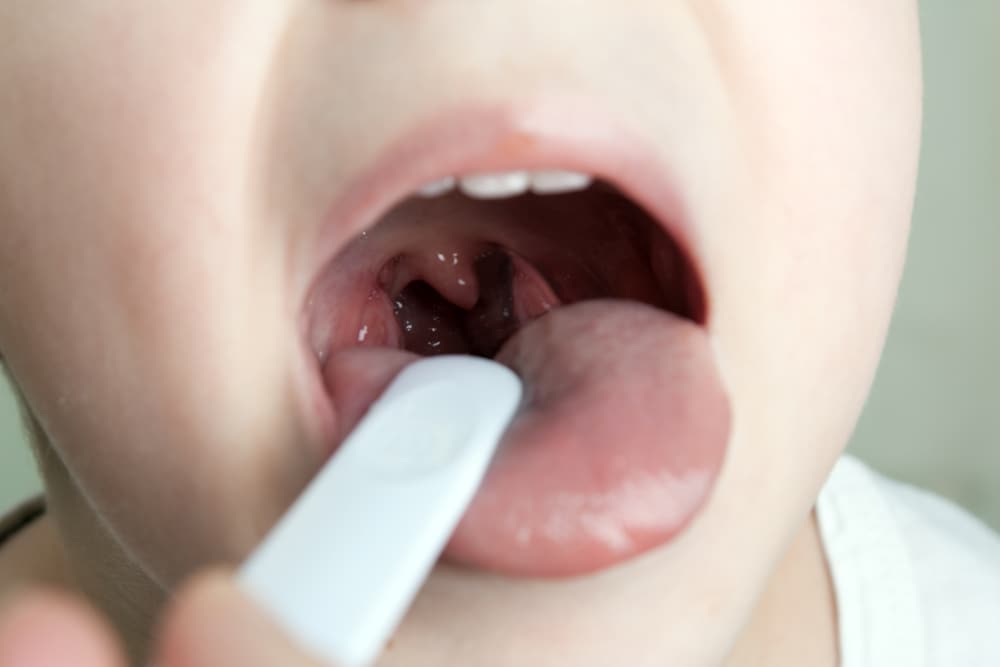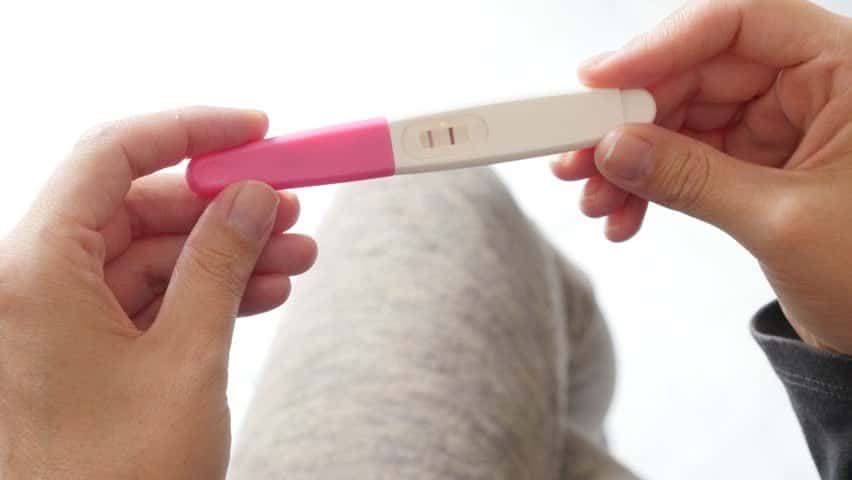Contents:
Medical Video: Signs of Cerebral Palsy
Most people think strokes are a disease for old age. But newborns also have a high risk of stroke like the elderly. Stroke on the first 28 days of life is more common than many people realize. Ironically, strokes in this very young age group have not yet been realized by many people and ultimately not cured.
What is a stroke and how often does it occur?
Stroke is a condition in which blood flow to the brain suddenly stops or decreases, which is severe enough to cause damage to the brain. There are two types of strokes: ischemic and hemorrhagic.
Ischemic stroke occurs when blood flow to the brain decreases, usually due to clotting, called a thrombus, in one of the blood vessels in the brain. There are two types of ischemic strokes that occur in children, especially newborns: sinovenous thrombosis, where there is a clot in one of the blood vessels in the brain, and an arterial ischemic stroke, where clotting is in the brain arteries.
Hemorrhagic stroke occurs when blood vessels in or close to the brain rupture, causing bleeding in the brain.
Types of stroke
The incidence of stroke in newborns is very high compared to the growth period of infants and children. Sinovenous thrombosis occurs in one in 6000 newborns, arterial ischemic stroke in one in 4000 newborns, and hemorrhagic strokes occur in one in 4000 newborns. After passing through the newborn period, the risk of stroke decreases significantly, and stays at a low level until it gets older.
Why do strokes occur in newborns?
In pregnancy, proteins originate from the mother's placenta to the fetus, which helps to reduce the risk of bleeding. However, this makes the fetus at high risk for clots and strokes. Sometimes clots can also form in the placenta and move into the fetal blood circulation. This freezing might reach the baby's brain and cause a stroke.
Childbirth is one of the risky moments of a stroke in a newborn. Childbirth can cause tremendous tension on the baby's head. Stress in the arteries and veins in the baby's head can cause clots and strokes.
In addition, newborns have thicker blood than us because red blood cells are twice as large as adults, and this can lead to clotting. In the first few days after birth, dehydration can be a problem, which can also cause blood clots.
What are the symptoms of a stroke in a newborn?
Stroke in newborns usually does not show clinical symptoms, and is often not realized because it is not treated until the baby's age is much older. A common symptom in older children and adults is speech disorders, numbness on one side of the body, or imbalance. This is all difficult or even impossible to detect in newborns.
Newborns who show symptoms, the majority experience convulsions. Seizures are a sign of stroke that is most easily known in this age group. Symptoms of convulsions are sometimes difficult to see in newborns, and include the following:
- Repeated facial movements, including sucking, chewing, or eye movements
- Unusual pedaling movements
- Apnea, or pauses in breathing associated with slow heart rate
- Jerking movements involving facial muscles, tongue, hands, feet, or other parts
- Muscles tighten or stiff
- The jerking movement on one arm or leg or the whole body.
One of the main signs of stroke in adults is weakness on one side of the body. However, the brain in newborns is not yet mature and this symptom may not be seen.
Generally about 15% of stroke victims in newborns show little movement on one side of their body. Paralysis of one side of the body is easier to see when the baby's age is getting older.
The use of only one hand is a symptom of a stroke that may appear in about six weeks to six months early in life. Babies prefer to use their right or left hand and try to reach for something using one of those hands. Some parents misinterpret it as a baby's development, even though it is a sign of a stroke. In healthy children, the use of only one hand does not appear until around the age of 12 months.
What are the factors that trigger stroke in newborns?
There are several factors that can make a newborn have a higher risk of stroke. If the newborn has a birth defect that includes a hole in the heart, it is easy for blood clots to pass through other parts of the body, through the heart, and to the brain. If there is a family history of having problems with blood clots, the risk factors will be higher in newborns. Serious infections such as sepsis and meningitis can also lead to blood clots. Other risk factors that have previously been described are dehydration and childbirth.
How to diagnose a stroke in a newborn?
Sometimes a stroke can be diagnosed when the baby is still in the womb. Generally this happens if it is thought to have a birth defect and the mother is given a test called fetal magnetic resonance imaging (MRI). MRI is very effective in detecting strokes in the fetus. Some fetuses, if the stroke is severe, can be detected by normal ultrasound during pregnancy. When a baby is born, brain imaging can be done to confirm the diagnosis.
In addition, all newborns who experience convulsions must undergo ultrasound tests and head CT. They may also do MRI. MRI is more sensitive but any sign of stroke can be seen through CT. ideally, MRI will be done first, followed by another test called magnetic resonance arteriogram (MRA) and magnetic resonance venogram (MRV), to see more detailed blood vessels in the brain.
What is the treatment of stroke in newborns?
Although a stroke can be diagnosed during pregnancy, the condition of the fetus cannot be treated until he is born. When a baby is born, it is not possible to repair damage caused by a stroke. However, sometimes drugs called anticoagulants can be given to prevent clots from getting worse. Anticoagulants reduce blood clotting ability. If the baby has an ischemic stroke, and there is no evidence of bleeding in the brain, anticoagulants can be used to prevent clotting from becoming more severe.
Research has shown the use of safe anticoagulants in the treatment of sinovenous thrombosis without bleeding in the brain. Nearly a quarter of newborns with this type of stroke who do not receive anticoagulants are getting worse.
On the one hand, newborns who have arterial ischemic stroke generally do not need anticoagulants unless there is blood clotting in the heart which can rise to the brain.
If the baby has a hemorrhagic stroke, which means it indicates bleeding in the brain, anticoagulants should not be used because it will make bleeding worse.
What steps need to be considered to prevent stroke in newborns?
Because many strokes in newborns occur in pregnancy, every precaution should be taken to ensure the fetus receives healthy blood flow during the womb. Prospective mothers should eat properly, avoid smoking and dehydration.
If a prospective mother has a history of clotting disorders, she should check herself to see if she is carrying a genetic problem called factor V Leiden, which can cause clots in the baby. If doctors know the baby has this condition, they can take the steps needed to handle it.
If the baby has many red blood cells, which can cause problems during pregnancy or labor, clots tend to develop in newborns. Sometimes preventable stroke in newborns by giving them partial blood transfusions where blood is diluted with salt.
When a baby is born, dehydration can sometimes cause clots. Check your newborn baby to see a doctor if you are aware of the following signs of dehydration:
- Dry mouth
- Change diapers less than six times a day
- The eyes are not watery and concave
- Concave fontanel, which is the 'soft part' above the baby's head
- Dry skin
It is important for parents to be aware of strokes in newborns. If you think something is wrong with your baby, immediately see a doctor. Don't worry if it's considered excessive. It's better to be safe than sorry later. If your doctor agrees that your baby has a stroke, the doctor will refer your baby to the pediatrician who will do the examination.












